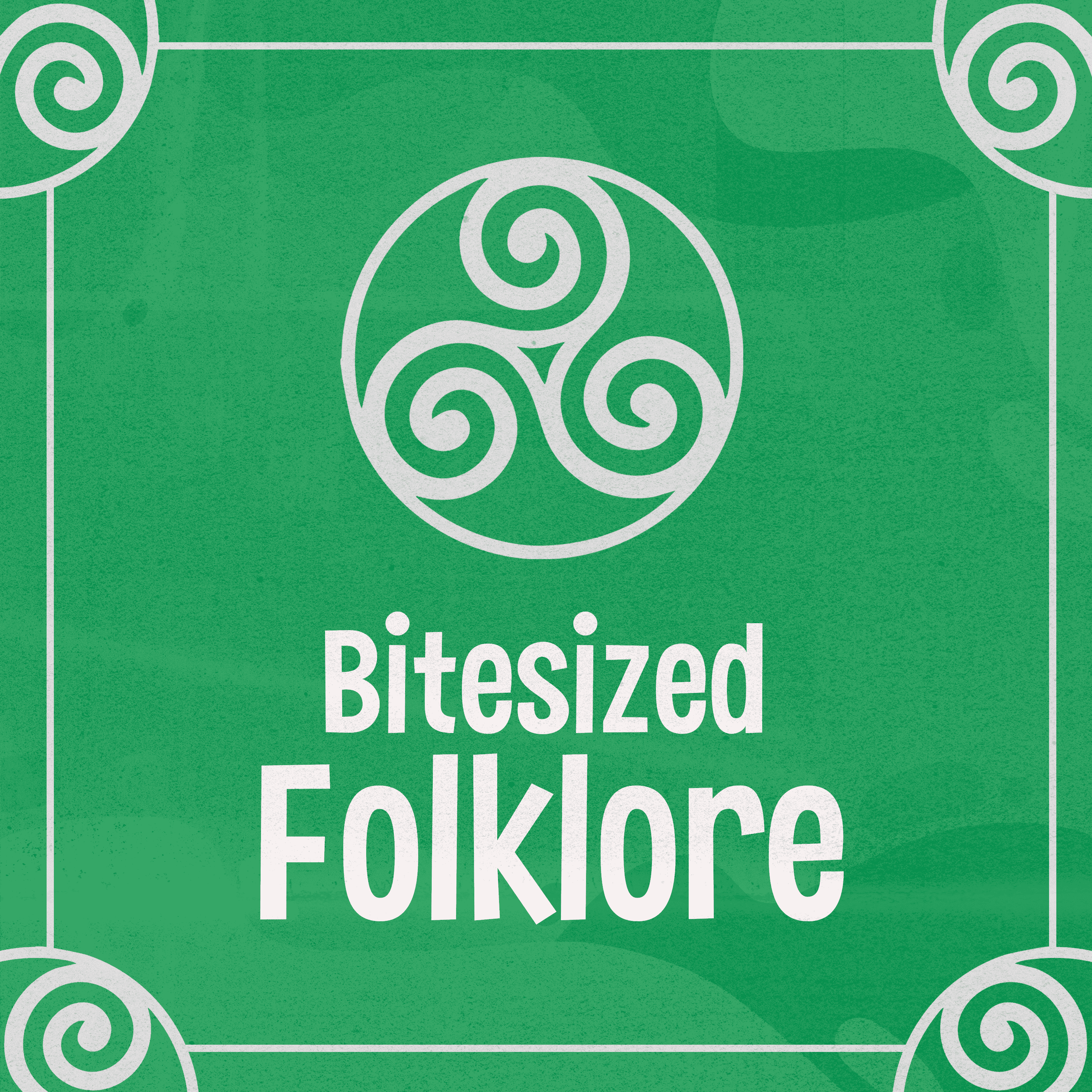Episode 31
Brigid: The Goddess Who Won't Be Ignored!
We're diving deep into the vibes of Brigid today, not the saintly version, but the original goddess who’s got roots older than your grandma's old recipes. Think of her as the ultimate triple threat: the poet who sparks creativity, the healer who brings life back to the land, and the smith who forges strength through fire. We'll be chillin' in pre-Christian Ireland, where Brigid was more than just a pretty face—she was the heart of the community, inspiring poets and healing the sick. Even after Christianity rolled in and tried to ghost her, she stuck around, transforming into a saint and still lighting up our lives today. So grab a cozy seat, light a candle, and let’s uncover the magic of Brigid together!
Takeaways:
- Brigid, the goddess of inspiration, influences creativity and storytelling across centuries.
- She embodies three aspects: the poet, the healer, and the smith, each vital to life.
- Brigid's legacy thrives through modern paganism and has even shaped contemporary spirituality.
- Her celebration on February 1st, Imbolg, marks the return of light and creativity every year.
- Brigid's influence extends beyond Ireland, connecting with various fire goddesses across Europe.
- As a symbol of female empowerment, Brigid teaches us we can be multifaceted beings.
Transcript
Welcome to bite sized Folklore, where ancient stories rise like the mist from the earth. I'm your host, Jodie. And today we call upon a name older than cathedrals, older even than kings.
This is a story of Brigid, not the saint, but the goddess. The flame in the forge, the wellsprings of healing, the whisper in a poet's ear. She is fire, she is water, she is life in its earliest thaw.
To understand Brigid, we must return to pre Christian Ireland, a land of sacred groves, living waters and gods who are closer to the soil than the sky.
Brigid is one of the most revered goddesses of the Tuatha de Danann, the mythical race of divine beings who ruled Ireland before the coming of mortals. She was no minor spirit. Brigid was a triple goddess, not three separate beings, but one being in three the poet, the healer and the smith.
Let's explore each one. First, Brigid the poet.
She was the goddess of inspiration, or imbas, as the old Irish called it, the divine spark that moves a person to create, to speak truth through verse or song or vision. Poets in ancient Ireland weren't just entertainers. They were truth speakers, lawmakers and memory keepers.
To be touched by Brigid was to receive the power of word and rhythm, of storytelling itself. Next, Brigid the healer. She governed over midwifery, medicine and fertility. Not just human birth, but the rebirth of the land. Spring was her season.
Her time was imbolc, the ancient festival that marks the first, first signs of thaw, when the yews begin to lactate, the seeds stir underground and life begins to turn back toward the sun. Her sacred wells, many of which still exist, were said to heal sickness, restore balance and offer prophecy.
People tied rags to nearby trees, leaving prayers fluttering in the wind, a tradition that continues to this day. Clootie Wells and then Brigid the smith. This aspect of her is fiery, forceful, transformative. She ruled over the forge, the anvil and the flame.
Smiths in Celtic society were not mere craftsmen. They were magicians of metal, shaping weapons, tools and symbols. In this form, Brigid is strength, change and resilience.
To create something with fire is to endure it. Brigid is unique among Celtic deities because. Because she wasn't confined to a single realm.
She transcended the divide between the domestic and the divine, the artistic and the agricultural, the mystical and the mundane. She was called Brigid the Exalted One. Her name may derive from the proto Celtic briganti, meaning high or noble.
And she wasn't only worshipped in Ireland.
She likely shares roots with Brigantia, a goddess of the Brigantes tribe in what is now northern England, and perhaps even with other Indo European dawn or fire goddesses. In short, Brigid was big, pan Celtic, possibly pan European, and intensely beloved. The gods rise and fall with the empires that worship them.
When Christianity swept through Ireland, many of the old gods were banished to the mists. Some became fairies, others demons. And yet Brigid remained. She was too rooted to be erased. Her wells still healed, her name still carried power.
So instead of being forgotten, she was reborn as a saint. But that's another tale. Today, as we speak her name, we honour the original Brigid. The eternal flame, the sacred well.
The hammer striking truth from iron.
If you light a candle on a cold night, if you speak a verse that surprises even you, if you feel healing rise like warmth from the earth, you might just be touching her light. Thank you for listening to bite sized folklore. If this story stirred something ancient in you, pass it along.
Brigid is a goddess of inspiration after all. And inspiration is meant to be shared. Until next time. May your words flow, your hearth stay warm and your spirit never stop creating. Still here. Cool.
If you have listened to today's tale of the goddess Brigid, you might already sense she was never just one thing. Not just a deity, not just a myth.
ity and storytelling for over:She lives in three forms as a mythic goddess, still honoured in pagan and neo druidic circles as Saint Brigid, canonized and celebrated by the Catholic Church and as a symbol of womanhood, creativity and resistance in the modern age. Let's look at each of them first.
In modern paganism, Brigid is still actively worshipped, especially within Celtic, Reconstructionist, Wiccan traditions. Her festival, Imbolg is widely celebrated on February 1. Offers of milk, bread, honey and poetry are left on altars.
People light candles to mark the returning light and call upon Brigid for healing, creativity, fertility and protection.
In some homes, a Brigid doll, traditionally woven from rushes, is laid in a small bed near the hearth with an invocation for her spirit to visit, visit during the night and bless the house. These are rituals as old as Ireland, still alive in kitchens and gardens.
Today, looking at Brigid's Christian form, it does continue to shape spiritual life. As Saint Brigid of Kildare, she's seen as the mother of Irish Monastism, a patron of children midwives farmers and poets.
and pray for healing. And in:And finally, there's the Brigid of now, the archetype. She's invoked not just by those seeking divine connection, but by artists, feminists and activists.
She's a symbol of female power that is nurturing, fierce and creative. In a world that often compartmentalises. Mother or warrior, lover or thinker, Brigid reminds us we can be all things at once. Poet, Healer Smith.
Creation, compassion, fire. So maybe Brigid isn't just a goddess of ancient Ireland. Maybe she's a guide for modern living, especially in times of change.
A light in dark seasons, A forge when we need to shape new futures, A well when we need restoration. And maybe, just maybe, she still listens when we speak her name. Thank you for supporting bite sized folklore.
Your belief in these stories allows us to go deeper, honour the old ways and bring the forgotten magic into the present. Until next time, be well and keep your own fire burning.




